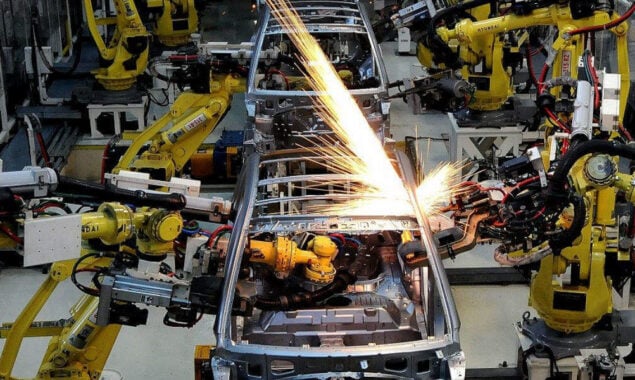
- US manufacturing slowed in June as demand waned.
- Percentage of new orders decreased to 49.2% from 55.1% in May.
- Price hikes began to moderate, and supply chain restrictions appeared to loosen.
- The index for supplier deliveries slowed, and the index for stocks climbed only marginally.
As increasing interest rates and inflation drive consumers to tighten their purse strings, the manufacturing sector in the United States slowed in June and new orders declined for the first time since 2020, indicating that demand may be waning as consumers tighten their purse strings.
Read More: US Supreme Court limits EPA’s ability to control greenhouse gas emissions
The Institute for Supply Management reported that its index measuring manufacturing activity fell to 53 in June, down from 56.1 in May and below experts’ expectations of 54.9. The reading was the lowest since June 2020.
The result for June stayed near the threshold of 50 that indicates an increasing sector.
In June, however, there were indications that demand dropped. The percentage of new orders decreased to 49.2% from 55.1% in May, the lowest level since May 2020.
Read More: US blacklists five Chinese firms for allegedly assisting Russian military
“There are indications of a slowing in the rate of new orders,” said Timothy Fiore, chairman of the ISM manufacturing business survey committee. “This was mentioned in 17 percent of general remarks, compared to 10 percent in May.” However, the underlying cause is difficult to identify.
Fiore stated that a fall in demand, an adjustment for excessive lead times, or a combination of both could be the cause of a decline in the rate of new orders.
“The second half of 2022 will be less favourable for US manufacturing,” said Oren Klachkin, chief US economist at Oxford Economics. “Normalizing spending patterns will reduce demand for goods, rising inflation and interest rates will destroy demand, and a stronger dollar will diminish U.S. competitiveness.”
In June, price hikes began to moderate, and supply chain restrictions appeared to loosen. The indicator for supplier deliveries slowed, and the index for stocks climbed only marginally.
“We should see some improvement in the supply chain as demand and supply become more balanced,” Klachkin stated.
Read More News On
Catch all the Business News, Breaking News Event and Latest News Updates on The BOL News
Download The BOL News App to get the Daily News Update & Follow us on Google News.



